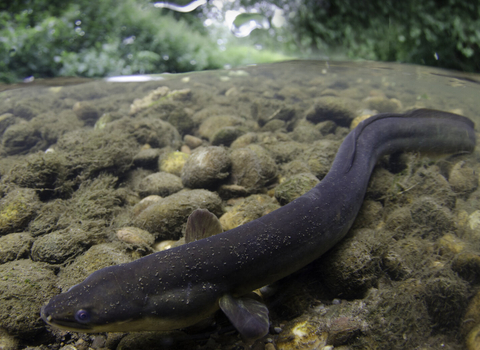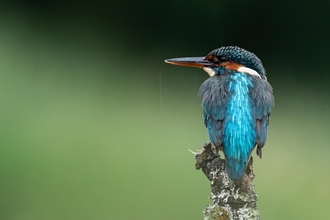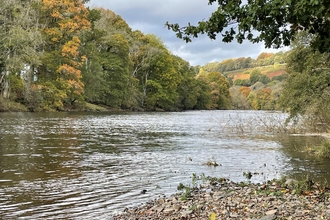Rivers once curved and flowed through the landscape. Now, these underwater roads better resemble a series of linear lakes.
Our troubled rivers
Over the centuries, rivers have been fragmented and industrialised. They have become drains for our waste, canals for transportation and blocked by man-made barriers. We have identified 400 barriers in Essex's rivers.
Some fish, and eels, are migratory species moving between rivers and the sea as they grow. If fish cannot move back upstream to breed, and eels cannot move downstream to the sea, it's hard for species to re-populate and recover. This has knock-on effects to their predators, like kingfishers, heron and otter.
Did you know, European eels travel up to 6,000 miles to breed at sea and then their larvae will return to rivers?
Examples of river barriers
Barriers to fish migration include weirs, sluices, and mills. Sadly, these structures often make rivers impassable for fish and eels.
The Essex Fish Migration Roadmap
Essex Wildlife Trust is working with the Thames Estuary Partnership and the Environment Agency to remove barriers from rivers.
The preferred solution is removing barriers completely. However, It can be complicated and expensive to remove these, as flooding risks and water levels have to be considered. We also consider bypassing barriers, or implementing technical fish passages allowing fish and eels to migrate through a barrier. It's not an easy solution, but we are pleased to have removed four barriers already from Essex.
You can see a full map of all the barriers to fish migration in Essex by viewing the interactive roadmap.





